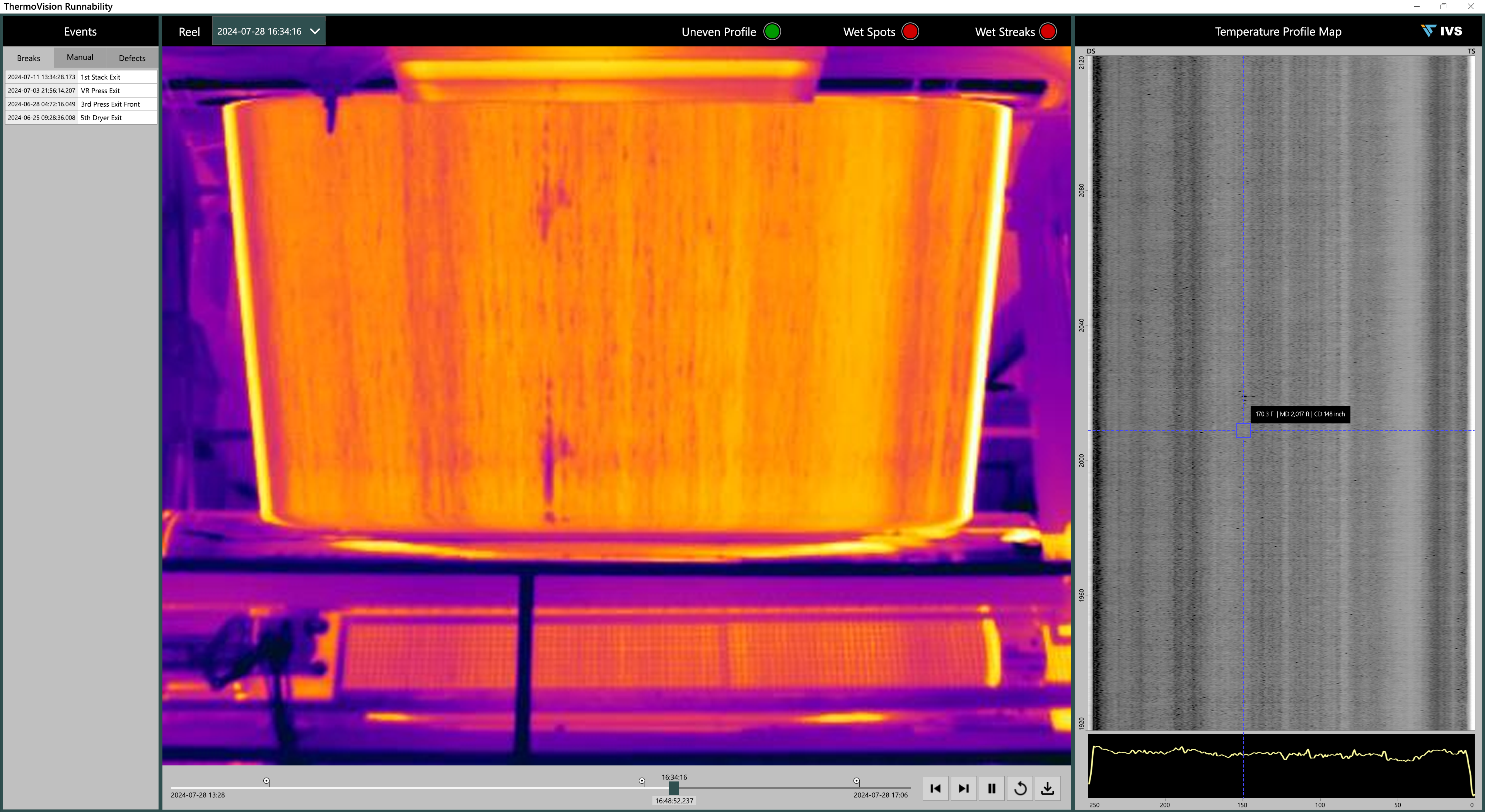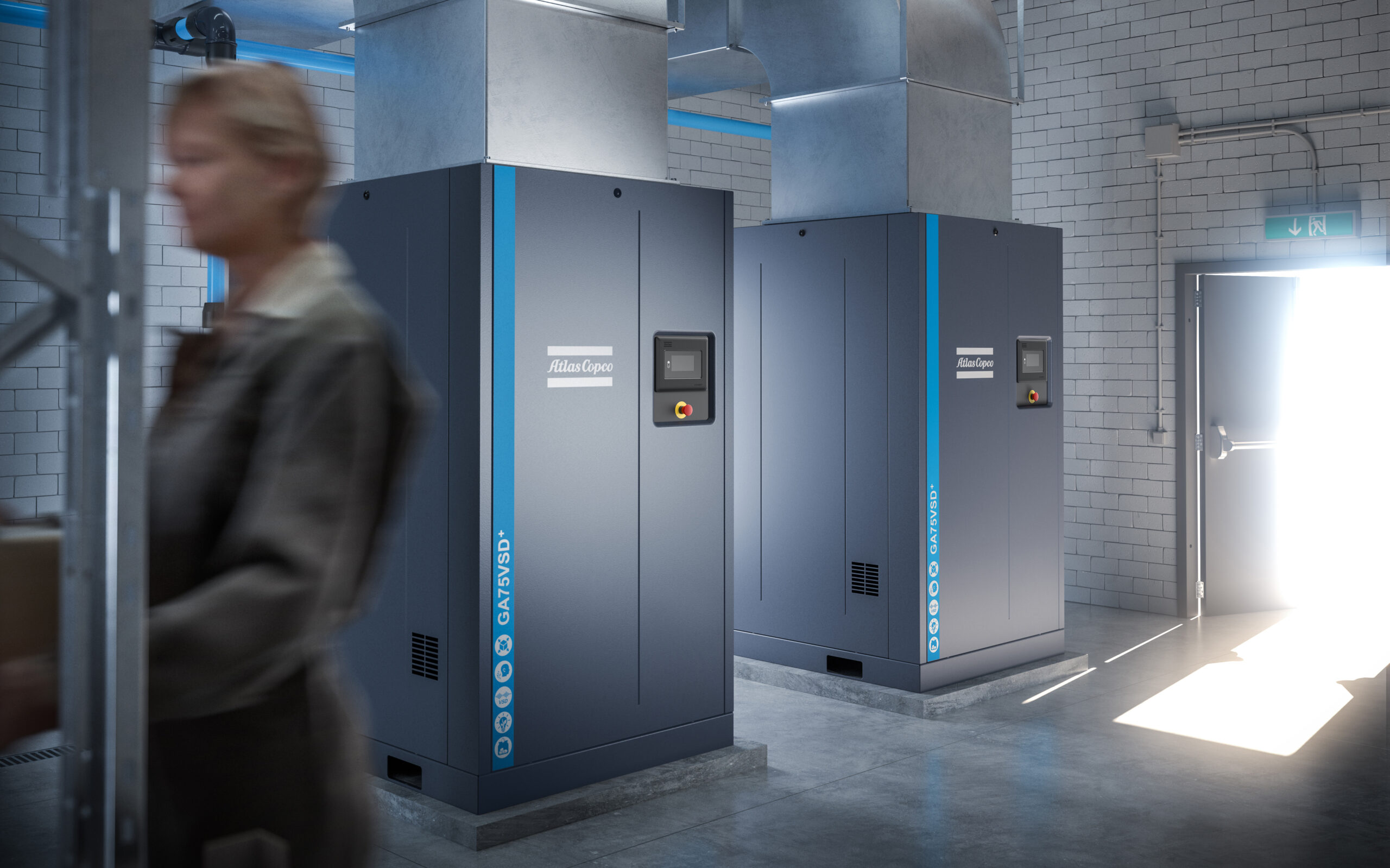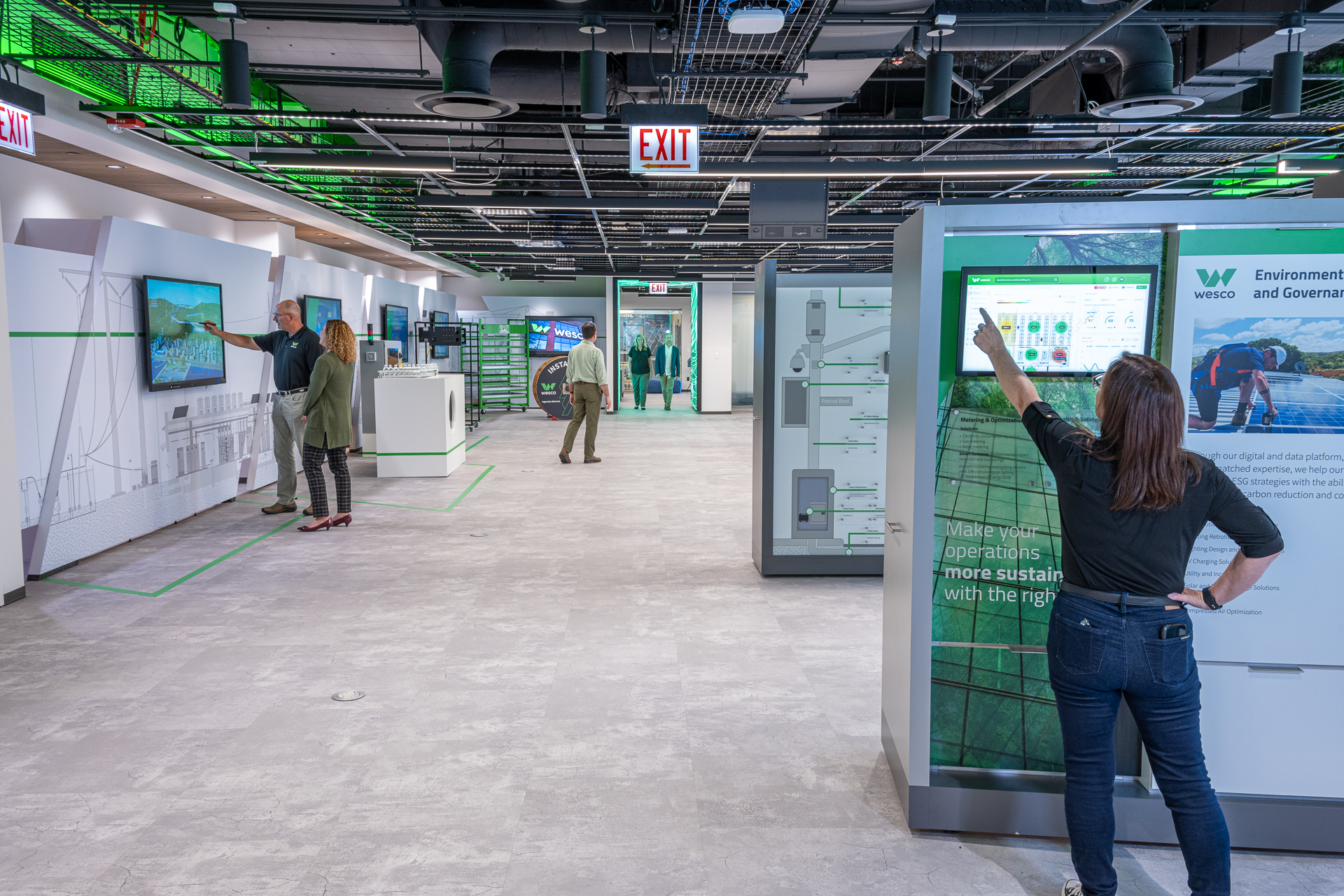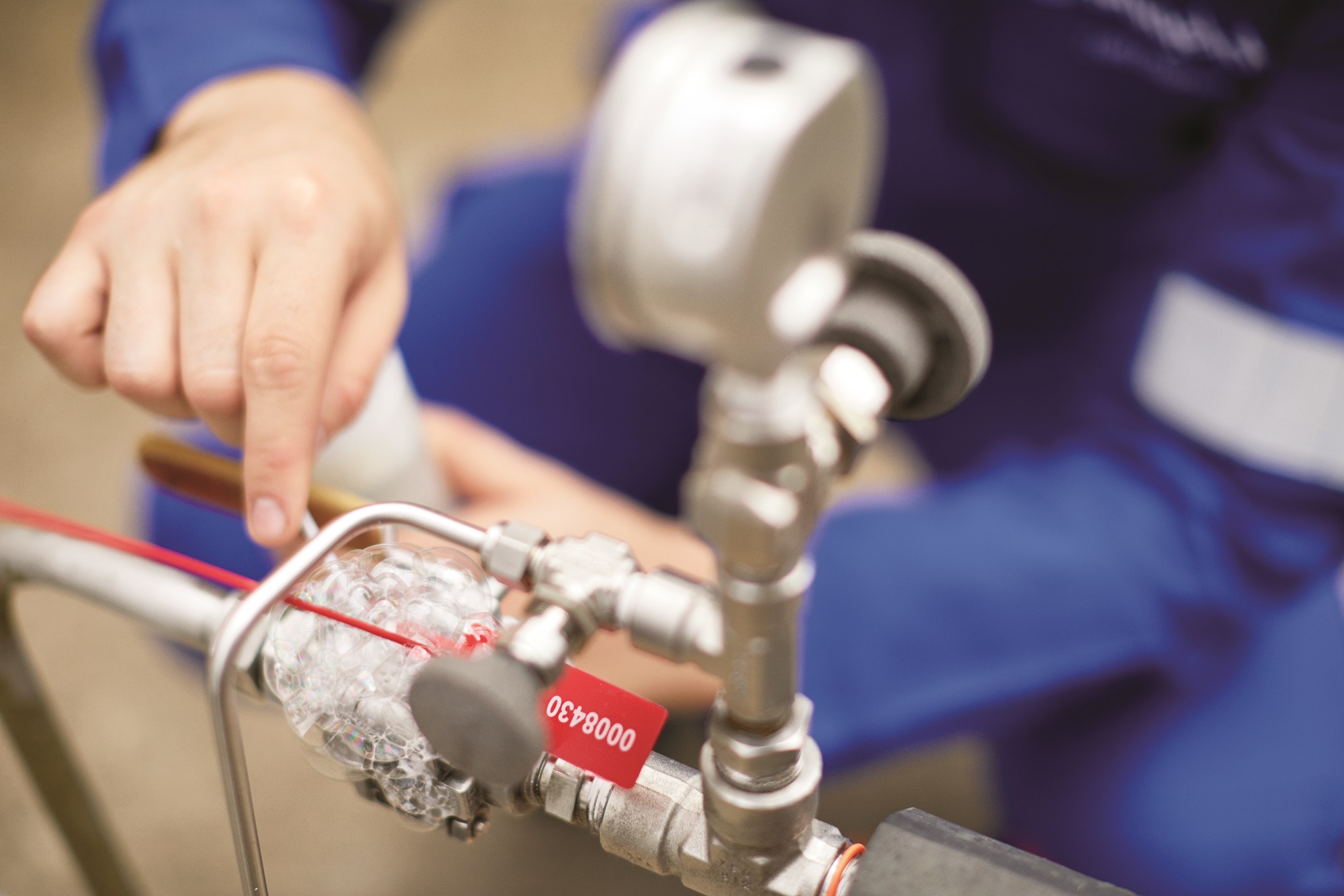Floating productions systems remain in use longer than it had been supposed.
The need to extend the service of floating production systems (FPS) beyond their intended design life is the result of expanded FPS use. In some cases, the reservoir life has been extended due to enhanced oil-recovery methods. In others, platforms have become a hub to which satellite fields are tied back.
Regulatory bodies have begun issuing guidelines related to continued service assessments (CSA) in the Gulf of Mexico.
To demonstrate that the FPS can be safely used beyond its design life, an engineering reassessment of the facility is required. The intent of the reassessment is to determine the current state of the facility, establishing a baseline from which to project the condition forward in time, beyond the design-service life. Strength, fatigue, stability and corrosion are among the items addressed. At a high level, the reassessment effort involves the following steps:
- Data gathering
- Condition assessment and identification of high-priority risks
- Mitigation planning and execution
- Updating required documents
- Review and approval.
The process involves inspection, risk assessment and engineering analysis and can involve participation from the operator, contractors, regulators, classification bodies and certified verification agents (CVA). Data feeding into the CSA process is obtained from many sources, including:
- Design data
- Testing data
- Updated meteorology and physical oceanography, or metocean, data
- Baseline survey data.
Another important source of information is data accumulated during the service life of the facility, such as environmental or structural monitoring, engineering assessments, ISIPs and inspection or survey reports, installation and modification records, maintenance records and other recorded data.
A robust integrity management (IM) program, once in place, will ensure that most or all these data sets will be readily available to support the CSA.
Critical components
Floating production systems generally fall under one of four common hull forms: semisubmersible (column stabilized), spar, tension leg platform (TLP), or ship-shape (e.g., FPSO). System components covered by CSA include structural members, as well as marine systems, process equipment and safety and egress systems. Specific items typically fall under one of the following categories:
- Hull structure
- Topsides/deck structure
- Mooring/tendon system
- Riser systems
- Corrosion protection systems
- Marine systems
- Machinery and electrical systems
- Process equipment.
Some system components are associated with high consequence of failure or are difficult to adequately inspect and repair in the field. Due to these compounding factors, such components are among the system’s most critical. Examples of such components, considering the four common hull forms, are:
- Station-keeping systems, including mooring lines, fairleads, chain stoppers, winches, connectors, and pile attachments; tendons, connectors, porches, foundations and flex elements; turret, swivel, yokes, bearings, turret-to-hull interface structure and moonpool.
- Riser systems, including riser piping, flex joints, stress joints, hull interface, connectors and bend stiffeners.
- Hull components, including column- to-pontoon interface, topsides deck (or deckbox) to hull connections; and spar-truss interface to hard tank, soft tank and heave plates.
Structural components that are impossible or difficult to inspect must have safety factors on fatigue life of 10 or more, per several industry-recommended practices, illustrating their criticality.
Certifying such components for continued service is challenging, at best. Fitness for service must be demonstrated largely by engineering analysis. Therefore, significant improvement in the expected service life must be demonstrated compared to design calculations. To do this, analysis uncertainty must be reduced.
While some uncertainty in design calculations can be reduced by updating and refining models and using more sophisticated computational techniques than those used in design, the most decisive method to reduce uncertainty is to measure (directly or indirectly) the environmental loads (waves, wind and current) or structural responses (motions, vibrations, strains and corrosion).
Data analysis support
Monitoring programs incorporating accurate and robust instrumentation systems can provide key data, which feeds into an engineering analysis, supporting CSA. Fatigue is a primary concern for continued service certification. It is well known that fatigue resistance of even the simplest structural components is uncertain, requiring statistical analysis to quantify in a conservative manner. A significant amount of uncertainty also exists in fatigue loading when either the loading process or the physics of the structural response are complex. Measured environmental and structural response data provides a window into the loading side of the fatigue equation, allowing for greatly reduced uncertainty for critical components.
Many operators already realize the importance of continuously monitoring metocean conditions and elements of the FPS response to support design-verification and model-refinement efforts and to evaluate future expansion capacity. Such data can also be used to support CSA when the measurements are integrated into an engineering analysis. Depending on the type of measurements made, the measured data can be incorporated into an assessment in different ways, representing different levels of assessment as follows:
Level 1. Indirect, environmental and data-driven—applies measured environmental data to structural models to determine stresses.
Level 2. Indirect, motion and data-driven—inputs are measured structural vibration/motion data into structural-transfer functions (derived via analytical models) to determine stresses.
Level 3. Direct—uses measured strain data directly.
Modeling requirements, such as size, complexity, detail and physical domain, are greatest for level 1 and decrease going down the list, while data requirements—such as accuracy, completeness and relevance—are greatest for level 3 and decrease going up the list. If a level 2 assessment is performed, for example, the uncertainty associated with applying environmental loads is eliminated, as well as some of the uncertainty associated with the structural model itself (the portion associated with calculating motions from applied loads).
First case study
Measured waves and tendon tensions at a TLP in the Gulf of Mexico were compared with design data to determine the level of conservatism in design. Wave time-series data and tendon tensions were measured over a five-year period in 2006-2011. Figure 1 (left) illustrates the joint significant wave height: wave zero up-crossing period (Hs-Tz) distribution from measured wave data. For comparison, a condensed Hs-Tz relationship from the design wave-scatter diagram is shown as a white curve. In this case, the wave-scatter diagram used in design is consistent with the measured data at the site.
Figure 1 (right) compares measured significant wave heights exceedance probability (from five years of FPS data and 14 years of wave buoy data) to metocean design data. Though the wave size in large, low-probability seastates is slightly underpredicted in the design data due to several large hurricanes in the Gulf of Mexico during that period, the high probability seastates that are the primary contributors to fatigue are conservative (larger at a given probability level) in the design data.
Figure 2 (left) shows the relationship of normalized tendon tension standard deviation to significant wave height over the five-year period, along with analytical predictions from the design-wave scatter diagram using Stress Engineering Services’ coupled analysis software, RAMS. The analytical predictions show the same relationship between tendon dynamic response and wave height as the measured data.
The scatter in the relationship is primarily due to the wave heading, quartering seas (QS) or beam seas (BS), compared to the tendon location, up wave (UW) or down wave (DW). Figure 2 (right) shows (normalized) measured TLP tendon tension standard deviation exceedance probability, along with tensions resulting from the design scatter diagram. In this case, the dynamic tendon tension values used in design are conservative compared to the measured values. This is expected, since conservative assumptions are often made in design. Such a result demonstrates that significant improvement in calculated tendon fatigue life can be obtained by using measured data in CSA.
Since many components of TLP tendons are difficult to inspect and repair, structural monitoring can provide the data needed to demonstrate fitness of the tendons for continued service. The same approach can be used on other critical structural components by direct or indirect structural response monitoring.
Second case study
Measured wellhead and riser vibrations can be fed into a fatigue assessment to significantly reduce conservatism, thereby supporting operations with high fatigue demand. When applied for longer time intervals using temporary or permanent monitoring systems, structural monitoring also can be used for drilling and production risers in support of CSA activities.
Wellhead and riser monitoring was performed while drilling in 6,000 feet of water in an environment with high surface and submerged currents. The subsea wellhead and drilling riser are susceptible to high fatigue damage rates when vortex-induced vibration (VIV) occurs. Because a high degree of uncertainty and sensitivity to conditions exists, predictive fatigue analysis for VIV is often very conservative. Due to marginal predicted fatigue lives, the operator decided to use subsea vibration data loggers (SVDLs), containing accelerometers, to measure the BOP stack and riser vibrations.
Due to the strong surface currents at the site, VIV of the drilling riser was observed in the moonpool during the latter half of the first month of the deployment, continuing into the second month. Observed vibration frequencies were around 0.2-0.3 Hz. A time-frequency distribution (TFD) spectrogram was calculated from the measured acceleration data. The TFD from SVDL SN-009, located on the top of the LMRP, is shown in Figure 3 (right). The color represents the intensity of acceleration "energy."
Two distinct bands of energy are visible. High-frequency energy between 0.18 and 0.30 Hz is outlined with a red rectangle. Lower frequency energy from 0.02 to 0.11 Hz is depicted with a black rectangle. By tracing the dominant energy (yellow/orange/red colors), see that the excited frequency (and therefore vibration mode) varies with time, and at times, two or more peaks in the energy (excited modes) are present simultaneously in each outlined region. While the high frequency vibrations were expected, due to observations of high surface current and riser vibration in the moonpool, the cause of the low frequency vibrations was, at first, mysterious.
Acoustic Doppler current profiler (ADCP) data, recorded around the same time, explains the presence of the lower frequency vibrations. ADCP data was converted to the vortex shedding frequency, fs, through the Strouhal relation, fs=St(V/D), where V is the current velocity, D is the riser hydrodynamic diameter, and St is the appropriate Strouhal number for the conditions. The shedding frequency is provided in Figure 3 (left).
Comparing the outlined regions in the left and right figures, see that the high frequency vibration is due to the strong surface current, while the lower frequency vibration is caused by the submerged current. The shedding frequency associated with the surface current was predicted to be 0.2-0.3 Hz. The frequency range measured by the SVDL is seen to be the same. Observe in Figure 3 (left) that the shedding frequency for the submerged current started out at around 0.1 Hz on the 9th day of the month and reduced below 0.05 Hz by the 20th. This same trend in frequency of vibration was recorded by the SVDL, as evidenced in Figure 3 (right).
The measured BOP stack motions were used in a level 2 assessment for fatigue. Normalized wellhead fatigue damage rates over the entire deployment period are provided in Figure 4. Fatigue damage rates that were reconstructed using the level 2 assessment appear in blue. When SVDL data was not available, fatigue damage was reconstructed using an industry-standard VIV software package, SHEAR7, after model parameters were calibrated using measured SVDL data during times when the data was available. Fatigue damage estimates using calibrated SHEAR7 analysis appear as a red line.
Fatigue damage also was reconstructed in the drilling riser using the data from the SVDLs attached to the riser. These results, along with measured current data, are provided in Figure 5. The riser fatigue essentially varies with the maximum (over depth) current speed. The wellhead fatigue is more complicated. Wellhead fatigue damage rates are high when current at some depth causes VIV at a frequency approaching the natural frequency of the wellhead and BOP stack, 0.16 Hz in this case. Submerged currents that occurred between the 9th and 20th day of the first month and the 16th and the 26th of the third month were responsible for two periods of high wellhead fatigue damage rate. Reduced surface current speed was responsible for the brief period of high damage rate observed at the end of the first month and beginning of the second month.
The most challenging aspect of VIV analysis is converting currents to riser/wellhead vibrations, due to the complex fluid-structure interaction. Because of the large degree of uncertainty, predictive analysis techniques are designed to be quite conservative. The SVDLs measure motions directly, thereby circumventing the difficulties associated with fluid-structure interaction. Measured motion data can be used directly in riser/wellhead fatigue assessment during drilling campaigns to track fatigue damage in each riser joint, supporting joint rotation programs and extending inspection intervals. More information on wellhead and riser monitoring can be found in the references found at the end of this article.
Concluding remarks
Instrumentation is known to be an enabling technology for control, automation, remote monitoring and integrity management in many industries, including the oil and gas industry. Measured data also will prove to be invaluable in reducing uncertainty in engineering assessments as existing production systems near the end of their design service lives and require certification for continued service. Maximizing the impact of the data-measurement program requires:
b) Integrating the measured data with knowledge of the environment and FPS response; and
c) Proper data-quality assurance and analysis techniques.
As stated previously, continuous metocean and FPS response monitoring already is being performed on many production systems. Although continuous monitoring is most desirable, temporary monitoring systems can provide critical data for CSA if the range of environmental and operating conditions is represented sufficiently throughout the monitoring campaign. Temporary systems can be installed for a period as a FPS nears the end of its design service life. The measured data recorded by such systems provides direct insight into structural performance, making for a compelling argument in justifying continued service.
Scot McNeill PhD, PE and David Renzi, PE are principals with Stress Engineering Services, Inc.
References
USCG, Interim guidance on life extension (continued service) requirements for floating OCS facilities, 16711/OCS, D8(ocs) Policy Ltr 01-2016, 19 January 2016.
ABS, guidance notes on life extension methodology for floating production installations, July 2015. BSEE, BSEE Position on facility life extension in the Gulf of Mexico, API SC2 special session on integrity management of floating systems, 8 June 2016.
Vandiver, J.K., Lee, L and Leverette, S., "User Guide for SHEAR7 Version 4.2," Massachusetts Institute of Technology, Department of Ocean Engineering, Cambridge, Massachusetts, USA, 2002.
McNeill, S. and Agarwal, P. "Efficient modal decomposition and reconstruction of riser response due to VIV," Proceedings of the 30th OMAE Conference (OMAE2011-49469), Rotterdam, The Netherlands, June 2011.
McNeill, S., Agarwal, P., Kluk, D., Bhalla, K., Young, R., Burman, S., Liapis, S., Jain, S., Jhingran, V., Hodges, S., "Subsea wellhead and riser fatigue monitoring in a strong surface and submerged current environment," Proceedings of the Offshore Technology Conference 2014 (OTC-25403-MS), Houston, Texas, May 2014.
Kluk, D., McNeill, S., Bhalla, K., Saruhashi, T., Sawada, I., Kyo, M., Miyazaki, E., and Yamazaki, Y., "Development of a real-Time riser fatigue monitoring system," Proceedings of the Offshore Technology Conference 2013 (OTC24216), Houston, Texas, May 2013.



